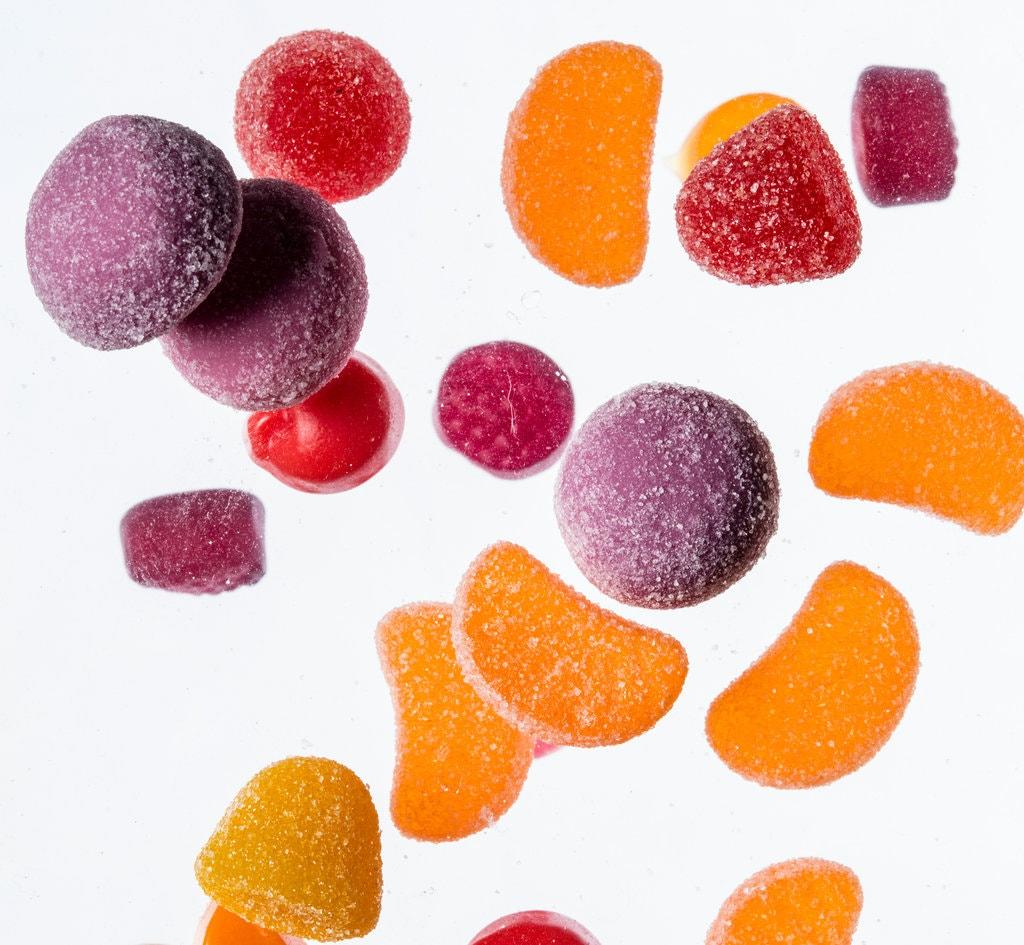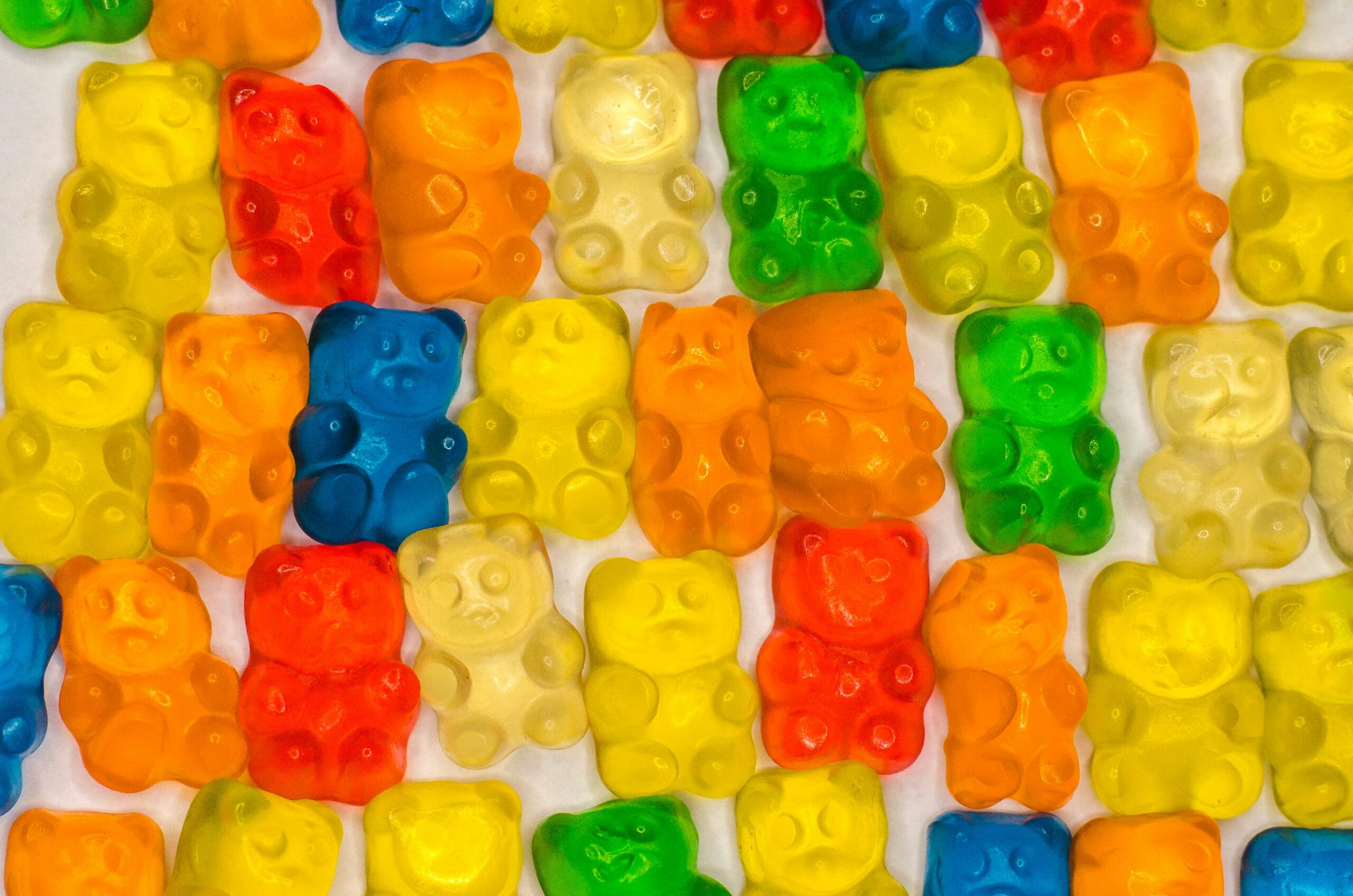Tech is [was] keeping vitamin gummy manufacturers from cutting starch
When the starch mogul was first introduced in the early 1900s, it revolutionized the way jellies and gummies were produced.
The machine punched a mold into a bed of starch, much like an industrial cookie cutter. The gelatinous mixture was left to set until the starch absorbed enough moisture to produce a solid.
Although gums took hours to form, the technique relatively quick method for mass-producing candies in a more-or-less consistent shape. But it didn’t come without its costs. Manufacturers now needed extra space for starch rooms and a whole new process of filling starch trays, then separating the starch from the formed candies and drying it again for re-use.
Nevertheless, the clouds of starch particles that filled the shopfloors were a step forward from the laborious hand-forming of the day.
![Tech is [was] keeping vitamin gummy manufacturers from cutting starch](https://making.com/wp-content/uploads/2022/11/orange-jelly-candies-like-orange-slices-vitamins-scattered-from-jar-isolated-yellow-background.jpg?w=640&auto=format,compress&fit=max&q=60&dpr=1)
New gummy products, old manufacturing methods
The mogul technique is still widely used today, but gummies have changed considerably over the decades. Gummy products have expanded to include medicated formulations like vitamin gummies. Meanwhile, greater awareness of the contamination risks associated with starch is prompting regulators to introduce stricter validation standards for manufacturers.
Bulk starch sitting in storage is fertile ground for microorganisms, including pathogenic ones. This raises a new set of challenges, particularly for producers of vitamin gummies. They must constantly monitor the starch for microbial contamination and treat it with radiation before using it.
The time of starch-free production technology
Baker Perkins developed a system to manufacture high-quality gummies without any starch. The syrup formula is accurately deposited into 3D molds made from food-grade material.
But besides eliminating contamination issues, removing starch from the process simplifies the operation. No tray-filling, no handling issues, and no starch drying. In addition, the system allows manufacturers to form high-definition vitamin gummies with multiple coloring possibilities.
Unlike traditional methods, starch-free production simplifies demolding while fully preserving the shape of the gums. Keith Graham, marketing manager at Baker Perkins, explained to us how the combination of the mold material, the surface finish, and a special spray solution impacts the end product. “Getting these parameters right is the key to achieving 100% demolding.”
The reasons to move past the starch mogul have been mounting for years. But, just like the time the mogul was invented, the industry needs an efficient alternative to take the leap.
Baker Perkins has roots in the same era when the starch mogul became the obvious way to produce jelly products. The next step forward is taking vitamin gummies starch-free.



